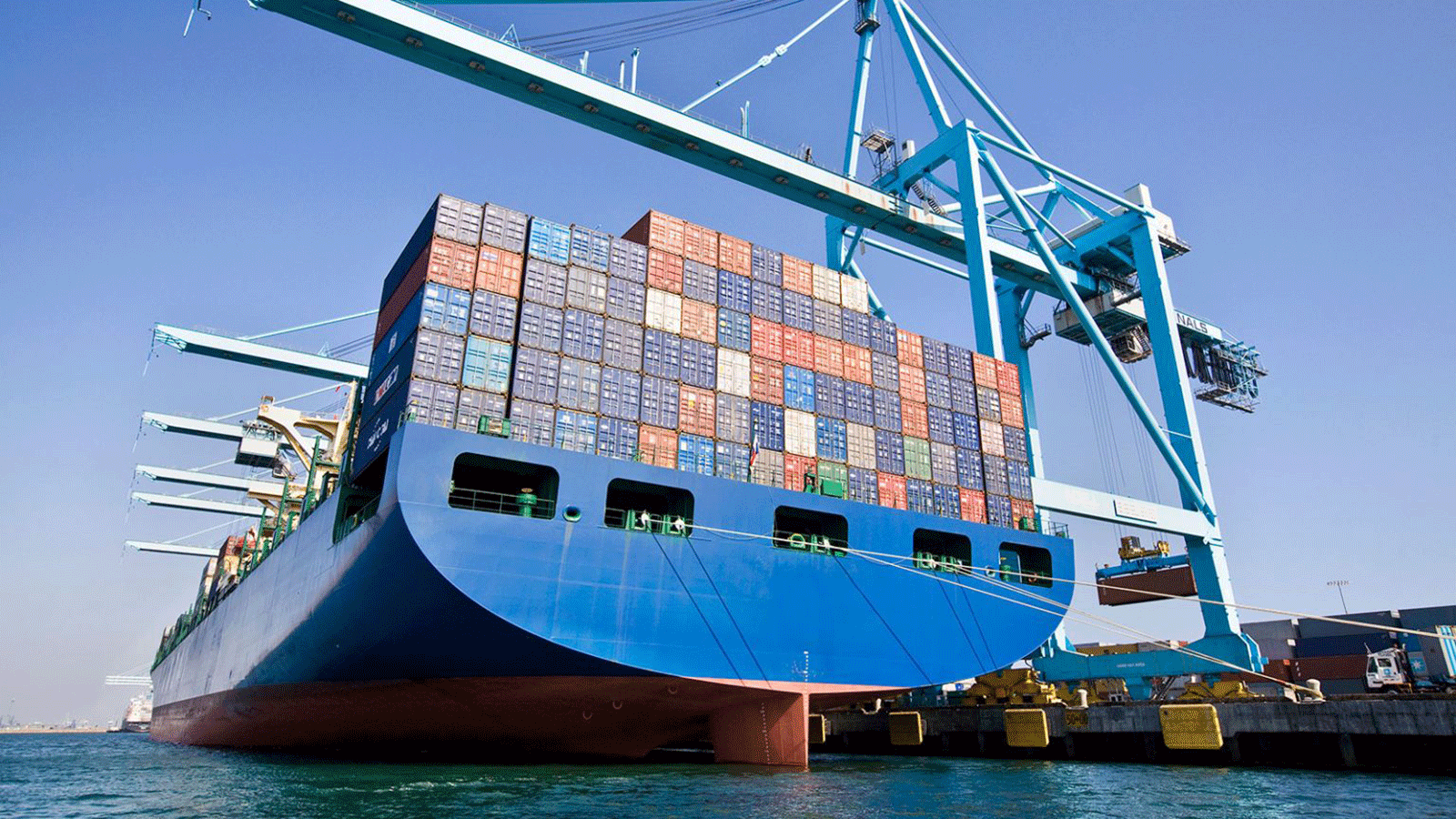
Being an export powerhouse can be a double-edged sword. When the global economy is robust, foreign sales provide extra momentum. The flipside, of course, is that export dynamos endure a larger drag when the international outlook is weak. This is a live issue for many CFOs in the eurozone – where the exposure to global trade is especially high.
Exports of goods outside the region were equivalent to 20.6% of GDP for the eurozone last year. That was more than double the level for the US at 8.2%. Europe is also more reliant on goods exports than China, Japan and the UK, on 18.7%, 17.8%, and 16.6%, according to data compiled by Capital Economics.
At present, the success of eurozone companies in global markets looks like a vulnerability. While most economists now expect the global economy to avoid a painful recession, growth is expected to be sluggish. The latest forecast from the International Monetary Fund (IMF) is for the global economy to expand by around 3% both this year and in 2024, well below the 3.8% average over the two decades prior to the pandemic.
‘There are many ways that executives can adapt to shifting patterns of global growth’
Speaking ahead of the IMF’s annual meeting in October, managing director Kristalina Georgieva argued that the recovery from Covid-19 had been ‘slow and uneven’, and that the outlook over the coming five years had deteriorated further. The US, she noted, was the only major economy where output growth had returned to its pre-pandemic path; she also pointed to a ‘deepening divergence in economic fortunes between and within different country groups’.
How to adapt
So how big a problem is this for CFOs in the eurozone?
‘Overall, eurozone companies do face a challenge from a weaker global economy,’ says Andrew Kenningham, chief European economist at Capital Economics. ‘But the downside can be exaggerated and there are many ways that executives can adapt to shifting patterns of global growth.’
First, while the eurozone is relatively open to trade compared with other large economies, some smaller countries are far more susceptible to listless global growth. Goods exports account for 37% of GDP in Sweden and a whopping 59% for Switzerland, Kenningham observes.
Second, the vulnerability of the eurozone to weakness in China, where growth this year has been especially disappointing, is frequently exaggerated. ‘I often hear the overly simplified argument that the eurozone – especially Germany – is in real trouble because it is so reliant on China,’ says Kenningham. ‘Actually, eurozone exports are very diversified.’
There are major pockets of sectoral strength among eurozone exporters
China is an important trading partner for eurozone companies – ranking third as a recipient of the region’s exports in 2022. It is worth noting, however, that eurozone companies sold more than twice as much to the US last year than to China – with goods exports of US$456bn compared with US$209bn, according to Capital Economics data.
Third, there are major pockets of sectoral strength among eurozone exporters. French luxury goods makers, for example, look set to continue to benefit from rising wealth among top earners and entrepreneurs around the world; US household wealth rose to a record US$154 trillion by the end of the June, up US$5.5 trillion on the prior quarter alone.
Vibrant millionaire market
That is part of a broader global trend that is set to continue. The latest Global Wealth Report from UBS, published in August, projects that the number of millionaires will increase from 59.4 million in 2022 to 86 million in 2027. Over the same period, UBS expects the number of ultra-high-net-worth individuals – with wealth in excess of US$50m – to rise to 372,000, up from 243,000 as of 2022. If UBS is correct, that will make for a vibrant market for businesses focused on the most affluent consumers.
The IMF is expecting India to be a key driver for the global economy over coming years
Then there are areas where global demand appears unstoppable, despite lacklustre global growth overall. Outside the eurozone, but within the EU, Danish drugmaker Novo Nordisk has been doing a booming trade in its anti-obesity drug Wegovy, producing so much foreign exchange revenue that it has enabled the Denmark’s central bank to keep rates lower than would otherwise been the case. Exports account for close to 70% of GDP for Denmark.
With global growth forecast to be subdued in coming years, CFOs in export-oriented sectors may also seek to focus on bright spots. The IMF is expecting India – accounting for around 15% of global growth in 2023 – to be a key driver for the global economy over coming years. Gita Gopinath, the first deputy managing director of the IMF, recently forecast that India would become the world’s third largest economy by 2027-28. European exports to India have recently been on the rise, climbing close to 7% in the first half of 2023.
Subdued demand
However, overall, it looks unlikely that CFOs facing subdued demand at home will be able to rely on their export prowess. And weaker global growth will pose a particular challenge to the region’s biggest exporters – with Germany alone accounting for about a quarter of the eurozone’s foreign sales – more than France and Italy, the second and third largest exporters, combined. But there will be areas of opportunity – both in terms of sectors and geographically, says Kenningham.
A final glass-half-full argument is that eurozone companies focused largely on the domestic market may face a still tougher time. ‘Eurozone domestic demand is likely to be even weaker than in the US for example in the coming year,’ Kenningham observes. ‘So domestically oriented companies will face challenges, too. And the outlook for companies in the most interest-rate-sensitive sectors – especially construction – or those impacted by high energy prices – metallurgy and chemicals – is also very poor.’



